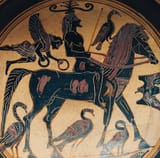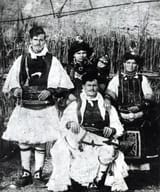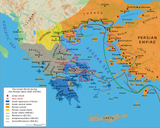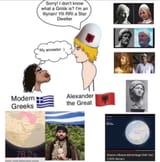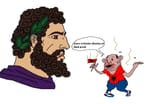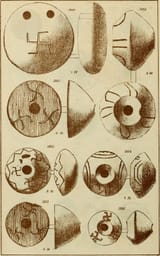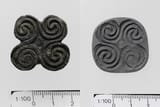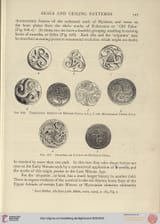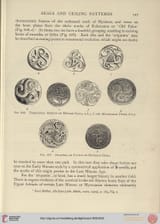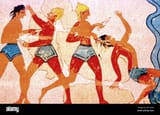Anonymous
8/17/2025, 2:22:56 PM
No.17929244
>>17929248
>>17929249
>>17929260
>>17929291
>>17929917
>>17929924
>>17930016
>>17930682
>>17930740
Dorians = Nomads?
Without much fanfare, many of you reading this are aware of and recognize the "Dorian invasion hypothesis," supported primarily by changes in the dispersion of the Dorian dialect very local to the Aegean. I won't focus specifically on whether there was a military invasion or population overlap, just on Dorian identity. What's interesting here is how in some sources the Dorians aren't actually treated as "foreigners," but rather as "barbarians" from the north.
And, even more interesting, there was a people of transhumant herders native to Greece, with a smaller presence in neighboring Bulgaria, southern Albania, and North Macedonia, called the "Sarakatsani." Some scholars posit that they are a Greek people, descended from indigenous pre-classical herders, with linguistic and cultural evidence. A popular theory suggests that the Sarakatsani are descendants of the Dorians, isolated for centuries in the mountains
https://en.wikipedia.org/wiki/Sarakatsani
thoughts?
And, even more interesting, there was a people of transhumant herders native to Greece, with a smaller presence in neighboring Bulgaria, southern Albania, and North Macedonia, called the "Sarakatsani." Some scholars posit that they are a Greek people, descended from indigenous pre-classical herders, with linguistic and cultural evidence. A popular theory suggests that the Sarakatsani are descendants of the Dorians, isolated for centuries in the mountains
https://en.wikipedia.org/wiki/Sarakatsani
thoughts?
